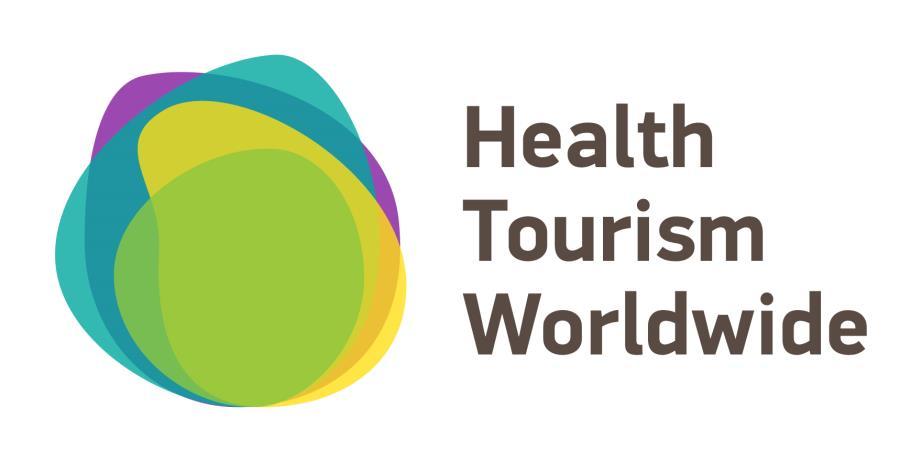

The Tourism Observatory for Health, Wellness and Spa (TOHWS) an international intelligence initiative was created in 2012 by renowned advisors and researchers. The Health Tourism Worldwide is the full successor of TOHWS.
To us travel for health means travel for total health - either for medical purposes, or for wellness, holistic, spiritual, spa or medical wellness. This holistic approach to health makes HTWW the only global initiative looking at every aspect of the spectrum.
Meet the TOHWS Team!
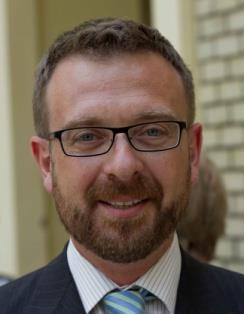
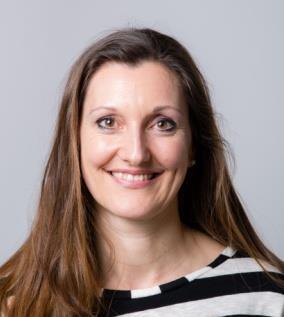
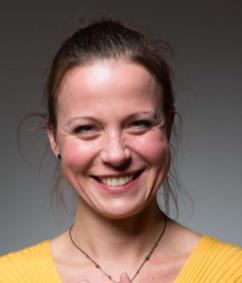

Copyrighted Material
Information, tables, and charts introduced in this document are the intellectual property of Health Tourism Worldwide. It may not be distributed or copied in any way or form, neither in parts nor as a whole without prior permission
IWSTM 2014/2015
The Tourism Observatory for Health, Wellness and Spa proudly announces its 3rd benchmarking study on wellness tourism and the use of spas by tourists, titled the International Wellness & Spa Tourism Monitor. The Report provides industry insights for operators, managers, investors. This path making report was prepared in cooperation with Resources for Leisure Assets and enjoyed endorsement from global companies (e.g. LUX Resorts, Linser Hospitality, Leading Hotels of the World), and national and international organizations (e.g. Arizona Spa & Wellness Association, ABC Spas or Hungarian Bath Association).
The IWSTM 2014/2015 collected information from 56 countries. The key objective was to identify the role tourism and tourists play at various spa and wellness facilities worldwide.
We identified 17 different wellness and spa service operation types. With this wide range of facilities we intended to highlight the complexity of the industry.
Not only facility typology was taken into consideration but IWSTM also introduces data and information for three major demand segments: local customers, domestic tourists and international tourists. The characteristics of the three major demand segments can and do differ greatly. We introduce separate data only if significant differences were identified.

Local Customers

Tourists

Tourists
Hotel spa (urban location) Resort spa
Spa hotel/resort
Day spa
Wellness hotel/resort/centre
Thalasso hotel/spa/centre
Lifestyle oriented spa/retreat/resort
Holistic retreat
Medical (spa) hotel/resort/centre Destination spa Mineral springs spa/bath
The IWSTM 2014/2015 Report provides intelligence regarding the following key themes:
Typology and Motivation of Customers
Main Sender Regions (where tourists come from)
Wellness and Spa Facility Types Becoming Popular
Wellness & Spa Services Becoming Popular
Business Trend Changes for 2014/2015 (over 2012/2013)
Popular Services & Treatments
Signature Treatments & Product Packaging
Industry Partners
This benchmark research is endorsed by the following prestigious companies and organizations.
We thank you for your support!
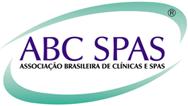
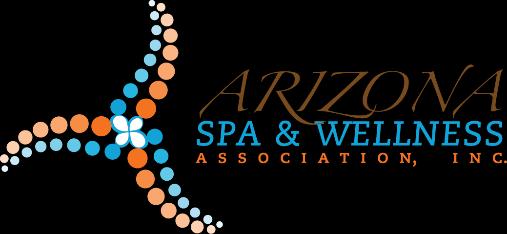



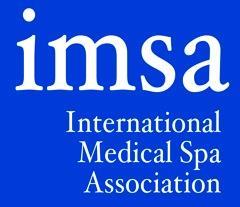


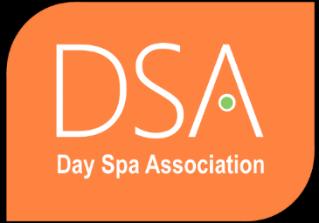

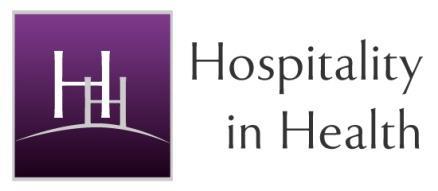

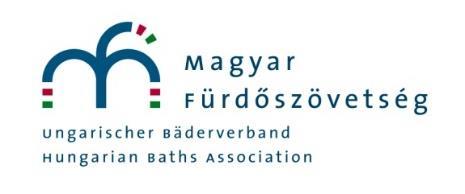
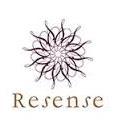

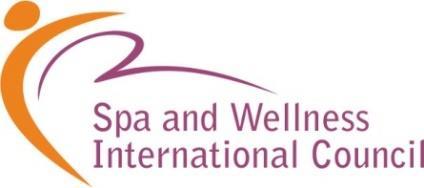
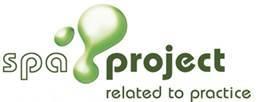
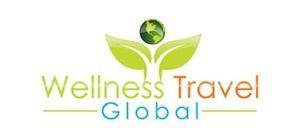
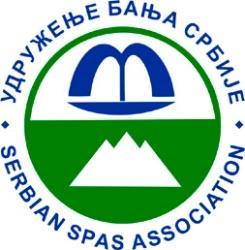
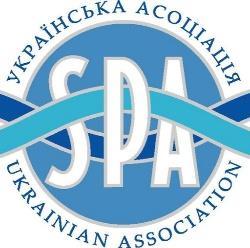
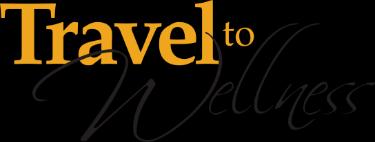


Health, Wellness, Spa & Tourism
We believe that the spectrum of travelling for health is very wide and it has many variations. The terminologies applied can differ greatly continent-by-continent or even country-by-country or culture-by-culture. That was one of the key reasons why TOHWS decided to launch its global initiative.
This is a very dynamic market. The number and variety of products and services associated with health, wellness and spa are proliferating. The health as well as the wellness concept, however is being stretched and we can observe saturation in many markets and product areas (e.g. What do you think the label ‘Car Spa’ may mean for the spa industry or ‘Wellness Towels’ for the wellness industy?).
Classification of
The distribution of facilities in the two periods compared differs somewhat. These differences, however have limited impacts on the actual results. In this round we introduced a new category of healthy hotels/resorts (although it should be noted that facility types are not necessarily universally defined or understood).

Participating Facilities
Our 2014/2015 data shows that the role of tourists is significant in wellness and spa facilities (other than day spas or club spas), since 2/3 guests are non-locals.
Distribution of Guests
Foreign/International Clients/Guests
Distribution of Participation Facilities
Healthy hotel/resort
Resort spa
Hotel spa (urban location)
Spa hotel/resort
spa
Other (please specify)
Wellness hotel/resort/centre
Medical spa
Mineral springs spa/bath
Destination spa
Medical (spa) hotel/resort/centre
Holistic retreat
Lifestyle oriented spa/retreat/resort
Thalasso hotel/spa/centre
Clients/Guests
Market Position
Participating facilities could define themselves in terms of market position: budget, mid-level and upmarket/luxury. It is no surprise that in spite of the so-called ‘democratisation’ of wellness and spa services, the majority of providers still belong to the luxury/upmarket category.
of Facilities Type of customers
Positions
This result is in line with the traditional assumption, i.e. that the industry especially in terms of tourism demand tends to cater for high(er)-end guests, tourists or vacationers.
We applied the categorisation of the International Spa Association to define the type of wellness and spa customers. According to ISPA Core customers are those who believe that spa/wellness is an important part of their lifestyle, Mid-level customers are interested in learning about spa and wellness but have limited commitment, Peripheral customers enjoy spa and wellness services, but altogether show little interest. There is a clear indication of the strong growth of core customers in every segment both in the local, domestic/intra-country and in the foreign/international guest segment.
Guest Typology

Foreign/International customers Domestic/Intra-country customers
Local customers
The significant difference between the three major demand segments leaves both managers and investors with serious decisions to be made. It does not seem to be an easy conceptual and management issue to develop and to run facilities and services for a very mixed clientele. Expectations, activities and interests of local customers and foreign visitors are not the same. This result is confirmed by the global benchmark data.
The key motivations of local customers, domestic and international tourists tend to show similarities, however, several quite important differences should be highlighted.
Motivations of customers
There is a clear change in the key motivations. Brands and reputation became more important for domestic travellers and local guests. Treatments remain the most important motivation for international guests.
Location is a relevant factor for international/foreign guests. The importance of therapists changed significantly and became less significant in the decision making of guests.
Probably a little unexpectedly, technology, design or fashion have no real impact on motivation and decision making. This is a very telling finding since many facilities keep investing large sums in technology/equipment and/or design in the hope of attracting more guests. For the second time running, however, IWSTM could not find clear justification for such (often very pricey) developments.


The key market segments targeted by wellness and spa facilities and operators are typically couples. This confirms the changes we have been observing over the last couple of years. Women as the stereotypical core market for standard spa services may not keep their exclusive role.
Targeted key segments
The consumption of wellness and spa services has become more social, i.e. treatments and services are more likely to be taken by partners or friends together.
It is rather surprising to see that operators have not yet identified Gen Z as a key market segment, although these young and healthy people will or at least could become the customers of wellness and spa services in the very near future.
Primary and Secondary Segments
Couples
Single women
Groups of friends (more than 2 together)
Hotel guests looking for healthy services
Families with children
Baby boomers/seniors
Different segments country-bycountry
Single men
Gen Y
Mother & baby/child
Mother & daugther
Less able-bodied customers
Same sex couples
Gen Z
Segment 2, 2014 Segment 2, 2012
Segment 1, 2014 Segment 1, 2012

Source Regions for tourism
In our previous benchmark we identified the key sender countries in wellness and spa motivated travel. The USA, UK, Germany, Russia, China, Austria and France were the leading market countries for wellness and spa services.
similar importance, i.e. South east Asia has moved away from its traditional destination-only status to a more balanced receiver as well as sender country..
TOP Sending Markets in 2014

We do not have foreign tourists

In the 2014/2015 study we could identify some changes in the demand. Whereas Europe, especially Western and Central Europe still is the most important sender region in wellness and spa motivated travel, North America and South east Asia are now of
Popular services
Popular services are where we can see the three guest groups being the most similar. In 2012/2013 not unexpectedly, massages were the most popular services on offer in wellness and spa facilities. International guest data showed growing interest in medical services at wellness and spa facilities. Interestingly as we saw before, lifestyle-oriented services also gained popularity.
2012/2013 Data
Medical services/treatments
2014/2015 Data
Spiritual programmes/workshops
(e.g. New Age/Esoteric)
Lifestyle programmes/workshops
(e.g. stress management, nutrition)
Body-Mind-Spirit/Holistic programmes (e.g. yoga)
Healthy options/services during stay
Outpatient medical services
Natural/organic productbased services
Thermal experiences
Services based on local resources/traditions
Fitness and sports
Spiritual workshops (e.g. New Age/Esoteric)
Lifestyle-oriented workshops (e.g. nutrition)
Active and antiageing/longevity workshops
Body-MindSpirit/Holistic workshops(e.g. yoga) Fusion treatments(e.g. aquaveda)
Occupational/corporate wellness
Complementary,alternat ive therapies(e.g. TCM)
Natural elements based therapies(e.g. thermal water)

Based on the inputs from industry partners we changed the services category in 2014. It is now understood that the new list provides a better map of the current supply of services in wellness and spa facilities. Massages are certainly the most popular forms of treatment and services, but we wanted to know which other treatments or services can also be considered as popular, therefore massages were not included in the list anymore.
The popularity of Complementary treatments as well as Body-MindSpirit has grown significantly from 2012/2013.
It is interesting to see how the relatively new category of Healthy Options gained popularity very quickly especially for facilities catering for international tourists whose interests are wider than those of the other two segments (i.e. local and domestic guests).
That means international guests who are the representatives of the core market require a rather wide range of services during their wellness motivated travels. However, it has to be noted that it is rather difficult to clearly identify guests who may use some wellness/spa services during their travels and those whose initial travel motivation was influenced by wellness or spa. The first group of customers are ’health’ conscious travellers, while the latter are wellness tourists!
Length of stay
Business performance is very much linked to the average length of stay at wellness and spa facilities. This is one of the management areas that is often overlooked!
Local customers tend to spend rather a short time at wellness and spa facilities (2/3 spend less than 2 hours).

The short average length of stay characterizes domestic guests. Data show a typical pattern of weekender domestic tourists and one week long stay international tourists.
Domestic guests spent a somewhat longer time at wellness and spa destinations in 2014/2015 than they did in 2012/2013 and their very short visits (only 1-2 hours) decreased.
The benchmark information shows that the average stay of foreign guests has become longer. Especially the 8-10 nights length has grown significantly, but in almost every category we can observe growth.

Complementary products and services
In cases when wellness and spa are not the core elements of the tourist package, such services can complement other guest services, but the big question is which ones?
Weddings and honeymoons, or golf or the sea/beach have traditionally been strong ‘allies’ for wellness and spa services. Local specialities, e.g. ski and spa (during the skiing season) can also create a very competitive package.
We can observe some demand changes over the last few years. The role of business events and weddings decreased, whereas the role of adventure activities has grown notably.
This means a slow shift in the packaging of wellness and spa services moving away from the ‘traditional’ complementary services (such as weddings) to a more diversified and more active portfolio.
The rationale of complementing business events with wellness and spas has often been questioned. Conference and meeting organizers have to recognize that participants of business events and congresses may not want to socialize with colleagues or bosses in a wellness facility or in a spa (or in the sauna!). Although business events are often organized in wellness or spa hotels and resorts, the actual use of wellness and spa facilities remains rather low.
Complementary Services
Conferences, congresses, business meetings
Wedding/honeymoon
& Festivals
sites and events

Signature treatments and services are essential elements of creating unique and competitive brand and customer experiences. IWSTM data show that more than third of the respondents have already created at least one signature treatment or service.
Africa
Signature treatments
The Americas
Very diversified: rituals, massages, detox treatments based on local ingredients
Mainly rituals, based on global brands, plus energizing massages, welcome packages
Mud treatments
Ayurvedic treatments
Mainly complex rituals (e.g. wraps, massages, scrubs, facials).
Asia
Australia/New Zealand
My spa experiences (special massage, treatments in own villas), as well as energizing treatments based on local products and specialities.
Luxury services, e.g. pearl powder
Mud and bath therapies based on local resources as well as underwater massages
Indigenous Aboriginal massage techniques
Europe
Local resources in treatments: Amber, thermal water, mud, Nordic plants
Holistic treatments: co-listening
Middle-East Local traditions incorporated: Camomile, mint
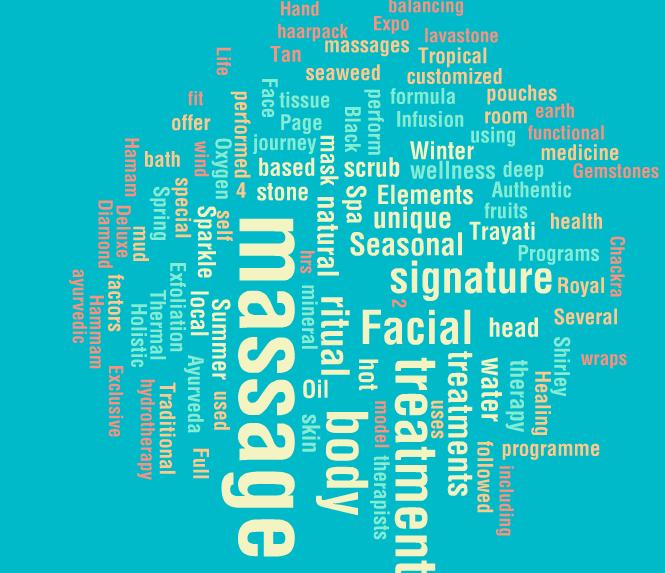

Business changes
Facilities reported close-to-zero increase in the main business indicators for 2012/2013 over 2011.
Data show the robust recovery of the market in the last two years.
Number of first time customers? Local Guests
Average revenue per customer?
Number of customers using spa/wellness treatments, programmes?
Number of customers (altogether)?
Average length of stay per visit?
Number of treatments sold per visit?



The industry should find it very encouraging that the number of first time customers as well as the average revenue per customer have grown significantly.

Domestic Guests
Number of first time customers?
Average revenue per customer?
Number of customers using spa/wellness treatments, programmes?
Number of customers (altogether)?
Average length of stay per visit?
Number of treatments sold per visit?


International Guests
Number of first time customers?
Average revenue per customer?
Number of customers using spa/wellness treatments, programmes?
Number of customers (altogether)?
Average length of stay per visit?

In terms of revenue generating capacity the three segments represent similar patterns as far as tourists are concerned. The average revenue generated per visit to the wellness/spa unit is the highest in the case of foreign travellers. This is not surprising since they tend to be core customers who are willing to take more or complex services (which cost more).
Market data show interesting changes. Whereas in the the 2012/2013 our Monitor identified destination spas with very high growth, by 2014/2015 a relatively new category of ’healthy hotels/resorts’ took the lead over.

Growth Areas
spa
still are the most important revenue generating sources followed by CAM and lifestyle programmes.
This trend is certainly true for international tourists, but not as much for domestic guests who are still expected to be interested in family-oriented and ecologically minded wellness and spa facilities.
It is also interesting to note that the expected growth of facilities based on natural (healing) assets seems to be slowing down (compared to the data from 2012/2013).



